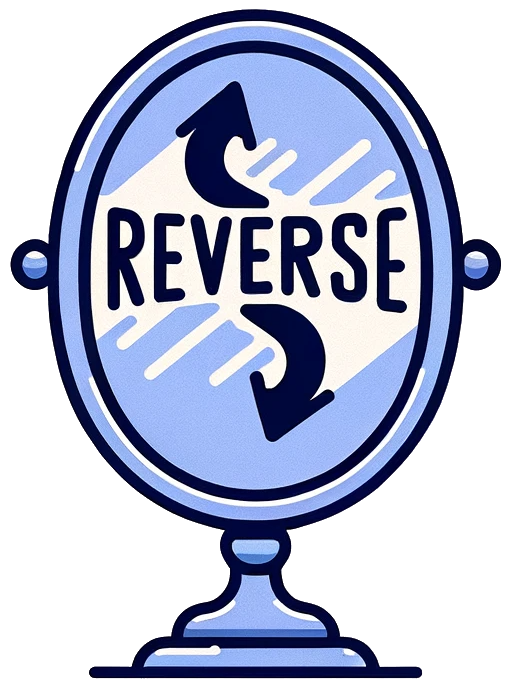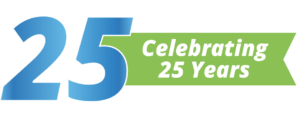Back translation is a process that is crucial for ensuring translation accuracy in our interconnected global environment. Language is more than just words and grammar; it serves as a vessel for culture, emotions, and nuances. This makes translation not only intricate but also essential. It’s paramount to guarantee that the translated content is precise and upholds the original intent.

What Is It?
While back translation is the predominant term used to describe translating content back into its original language, alternatives like “reverse translation”, “re-translation”, and “double translation” are sometimes employed in specific contexts.
Note: We’ll be using “reverse translation” interchangeably with “back translation” throughout the rest of this article.
At its core, reverse translation involves taking translated content and translating it back to the original language. Think of it as a mirror, reflecting the content back to its source. This method is more than just a linguistic exercise; it’s a meticulous process to ensure that no crucial detail from the original text gets lost or misconstrued.
The Indispensable Role in Quality Assurance
We live in a world where miscommunication can have significant consequences, especially in medicine, law, and critical business communications. Reverse translation stands as a gatekeeper, identifying potential errors and omissions, and ensuring that the message in the target language aligns perfectly with the original intent.
Real-world Applications: Where and Why It’s Used
In the vast landscape of marketing, brand voice and intent need to remain consistent across borders. Hence, reverse translation assists businesses in ensuring their advertisements remain true to their brand ethos. Furthermore, it is an invaluable tool in fields like legal and medical translations, where precision is non-negotiable.

Inherent Challenges
Languages are dynamic, filled with idioms, expressions, and structures that may not find a direct counterpart in another tongue. Reverse translations might not always align verbatim with the original content. A prime example is when translations done via online tools lack the intricacies that human translators incorporate, leading to disparities in reverse-translated content.
Navigating the Technical Landscape
Machine learning and deep learning are revolutionizing various sectors, and translation is no exception. Reverse translation plays a pivotal role in refining translation memories and grasping intricate linguistic nuances, enhancing the overall quality of future translations.
Pinpointing Ideal Content
Have you ever wondered if that catchy slogan with a pun or sarcasm retains its zing in another language? Back translation is your go-to method. It meticulously checks meaning across human, machine, and post-edited translations, making it indispensable for content with humor, pop culture references, or nuanced expressions.
Why Choose Atlas Language Services?
Amidst the vast sea of language services, Atlas Language Services stands out, based in the heart of Chicago, Illinois. With a dedicated team of linguistic experts, we understand the profound importance of back translation and employ it to provide our clients with unparalleled accuracy and clarity. So when precision matters, trust Atlas to bridge the linguistic divide.
Conclusion
Back translation is an unsung hero in the world of translations, not only ensuring word-for-word accuracy but also maintaining the spirit of the original content, regardless of the language it’s translated into. Trust Atlas Language Services to help you with all of your language needs!
FAQs
What is the primary purpose of reverse translation?
It serves as a quality assurance tool, verifying the accuracy and intent of translated content.
How does back translation benefit industries like medicine and law?
Ensuring that translated content, medical prescriptions, or legal documents retain their original intent and accuracy, minimizing the risk of misinterpretation.
Does back translation guarantee 100% accuracy?
While it significantly enhances translation quality, linguistic nuances might lead to slight variations between the original and back-translated content.
Why should businesses consider Atlas Language Services for reverse translation?
Atlas offers unparalleled expertise, understanding the intricacies of reverse translation, ensuring that your content retains its authenticity and precision.

